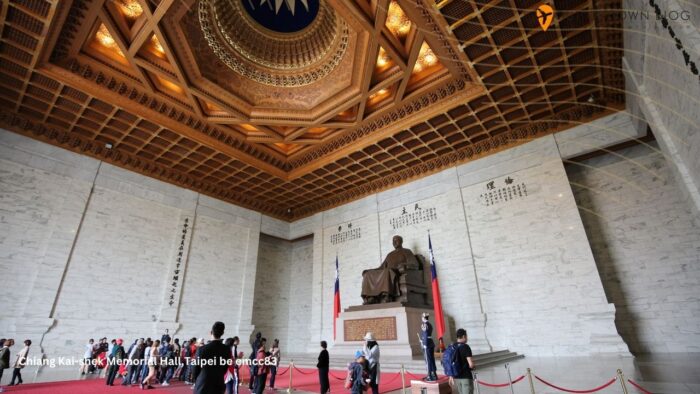Out of Town Blog
Chiang Kai-shek Memorial Hall: Exploring Taiwan’s Historic Landmark
Chiang Kai-shek Memorial Hall: A Look at Taiwan’s Important Landmark
Nestled in the heart of Taipei, Taiwan, the Chiang Kai-shek Memorial Hall stands as a grand tribute to a pivotal figure in Chinese and Taiwanese history. With its stunning white walls and blue tiles, the monument is not only an architectural marvel but also a place filled with rich cultural activities and exhibitions. It invites visitors from around the world to explore the legacy of Chiang Kai-shek, a former leader of China and Taiwan.
One of the highlights of visiting Chiang Kai-shek Memorial Hall is the changing of the guards ceremony, which captures the precision and tradition of Taiwanese culture. This event, along with various performances and exhibitions, make the memorial a vibrant destination. Visitors can also enjoy the serene gardens and expansive Liberty Square, perfect for reflection or leisurely strolls.
For those interested in visiting, it is important to note the opening hours and specific days when the hall is closed. Offering information in multiple languages, including Mandarin, English, and Japanese, the memorial ensures that guests have an insightful experience. With its mix of history, culture, and beauty, the Chiang Kai-shek Memorial Hall remains a must-see attraction in Taipei.
Historical Context
Chiang Kai-shek played a significant role in shaping Taiwan’s history. His leadership transformed the island’s political landscape, and events like the February 28 Incident marked pivotal moments in Taiwan’s journey toward democracy and human rights.

Chiang Kai-shek’s Legacy
Chiang Kai-shek led the Republic of China and was a central figure in Taiwan’s modern history. As leader of the Kuomintang, he promoted nationalist ideals. After losing the Chinese Civil War to communist forces, he retreated to Taiwan in 1949, establishing a government-in-exile.
His rule in Taiwan was marked by the imposition of martial law, lasting until 1987. This period, often referred to as the “White Terror,” involved strict suppression of political dissent. Many people viewed Chiang as an authoritarian figure due to these practices. Nevertheless, supporters credit him for modernizing Taiwan and laying the groundwork for its later economic success.
Sun Yat-sen and the Republic of China
Sun Yat-sen, often called the “Father of the…
Click Here to Read the Full Original Article at Out of Town Blog…
